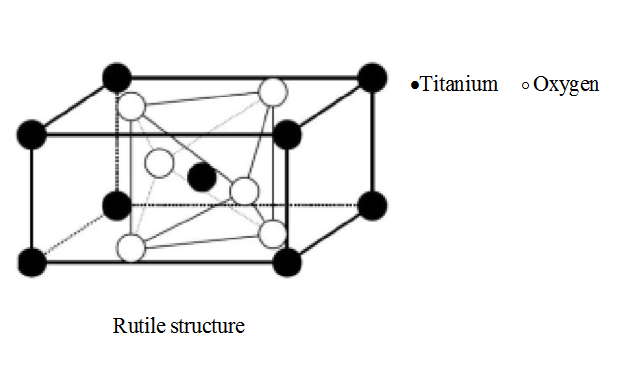

While Li-ion batteries are a mature technology for energy storage, disadvantages include cost, Li supply, safety, reliability and stability. High-performance battery materials are critical for the development of new alternative energy storage systems. Use of chemically inert anode materials such as metal oxides with lithiation voltages positive of Li-deposition compared to carbon can address these issues and improve safety of Li-ion battery operation. In addition, Li-ion batteries that have been charged quickly can form dendritic Li deposition at the commercial graphite anode and can create a safety problem that in the worst scenario could cause thermal runaway, cell rupture and explosion. This can cause local atom rearrangements that block the diffusion of Li ions, leading to high over potentials and loss of capacity. Unfortunately, Li-ion batteries have a number of limitations, such as capacity loss over time during long-term cycling due to phase transitions leading to detrimental volume changes in the electrode materials. To date, rechargeable Li-ion batteries offer the highest energy density of any battery technology, and are expected to provide a solution for our future energy-storage requirements. Batteries that store high-energy densities will play a large role in implementation of green energy technologies and non-petroleum vehicular mobility. Limited energy resources and the growing demand to decrease greenhouse gas emissions have intensified research of carbon-free energy sources. More particularly, this invention relates to amorphous titanium oxide and vanadium oxide materials useful as components of electrodes for lithium-ion and sodium-ion batteries. This invention relates to high capacity materials for batteries and processes for preparing such materials. DE-AC02-06CH11357 between the United States Government and UChicago Argonne, LLC representing Argonne National Laboratory. The United States Government has rights in this invention pursuant to Contract No. 29, 2011, each of which is incorporated herein by reference in its entirety. 13, 2012, which claims the benefit of U.S. This application is a continuation of International Application No.


 0 kommentar(er)
0 kommentar(er)
